 W
WJames Hamilton, 1st Duke of Abercorn,, styled Viscount Hamilton from 1814 to 1818 and The Marquess of Abercorn from 1818 to 1868, was a British Conservative statesman who twice served as Lord Lieutenant of Ireland.
 W
WJames Hamilton, 2nd Duke of Abercorn, styled Viscount Hamilton until 1868 and Marquess of Hamilton from 1868 to 1885, was a British nobleman, groom of the stool, and diplomat. He was the son of James Hamilton, 1st Duke of Abercorn, and Lady Louisa Jane Russell.
 W
WLieutenant-General Willem Anne van Keppel, 2nd Earl of Albemarle was a British soldier, diplomat and courtier.
 W
WJohn Granville, 1st Earl of Bath PC, 29 August 1628 – 22 August 1701, was an English landowner from Cornwall who served in the Royalist army during the First English Civil War and was rewarded for his services after the 1660 Stuart Restoration with a title and various appointments.
 W
WThomas Thynne, 1st Marquess of Bath, KG, PC, of Longleat in Wiltshire, was a British politician who held office under King George III. He served as Southern Secretary, Northern Secretary and Lord Lieutenant of Ireland. Between 1751 and 1789, he was known as the 3rd Viscount Weymouth. He is possibly best known for his role in the Falklands Crisis of 1770.
 W
WJohn Berkeley, 3rd Baron Berkeley of Stratton was an English admiral, of the Bruton branch of the Berkeley family.
 W
WGeorge William Hervey, 2nd Earl of Bristol, the eldest son of John Hervey, 2nd Baron Hervey, by his marriage with Mary (1700–1768), daughter of Nicholas Lepell.
 W
WSir Anthony Denny was Groom of the Stool to King Henry VIII of England, thus his closest courtier and confidant. He was the most prominent member of the Privy chamber in King Henry's last years, having together with his brother-in-law, John Gates, charge of the "dry stamp" of the King's signature, and attended the King on his deathbed. He was a member of the Reformist circle that offset the conservative religious influence of Bishop Gardiner. He was a wealthy man, having acquired several manors and former religious sites distributed by the Court of augmentations after the Dissolution of the Monasteries. By 1548 he was keeper of the Palace of Westminster.
 W
WLionel Cranfield Sackville, 1st Duke of Dorset was an English political leader and Lord Lieutenant of Ireland.
 W
WBrownlow Cecil, 2nd Marquess of Exeter, styled Lord Burghley until 1804, was a British peer, courtier, and Tory politician. He held office under the Earl of Derby as Lord Chamberlain of the Household in 1852 and as Lord Steward of the Household between 1858 and 1859.
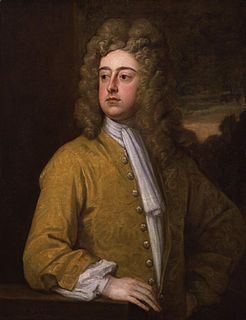 W
WFrancis Godolphin, 2nd Earl of Godolphin,, styled Viscount Rialton from 1706 to 1712, was an English courtier and politician who sat in the English and British House of Commons between 1695 and 1712, when he succeeded to the peerage as Earl of Godolphin. Initially a Tory, he modified his views when his father headed the Administration in 1702, and was eventually a Whig. He was a philanthropist and one of the founding governors of the Foundling Hospital in 1739.
 W
WRobert Grosvenor, 1st Baron Ebury PC, styled Lord Robert Grosvenor from 1831 to 1857, was a British courtier and Whig politician. He served as Comptroller of the Household between 1830 and 1834 and as Treasurer of the Household between 1846 and 1847. In 1857 he was ennobled as Baron Ebury.
 W
WHenry Rich, 1st Earl of Holland, August 1590 to 9 March 1649, was an English courtier and politician. He was executed by Parliament after being captured fighting for the Royalists during the Second English Civil War.
 W
WFrancis Hastings, 10th Earl of Huntingdon PC was a British peer and politician.
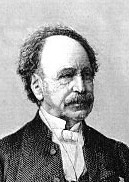 W
WGeneral Sir William Thomas Knollys was a British Army officer who reached high office in the 1860s.
 W
WSarah Churchill, Duchess of Marlborough, Princess of Mindelheim, Countess of Nellenburg, was an English courtier who rose to be one of the most influential women of her time through her close relationship with Anne, Queen of Great Britain. Sarah's relationship and influence with Princess Anne were widely known, and leading public figures often turned their attentions to her, hoping for favor from Anne. By the time Anne became queen, Sarah’s knowledge of government and intimacy with the queen had made her a powerful friend and a dangerous enemy.
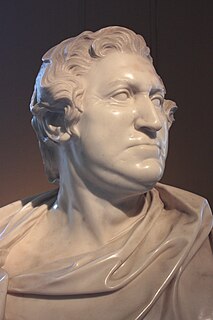 W
WLt.-Gen. Henry Herbert, 9th Earl of Pembroke, 6th Earl of Montgomery was an English peer and courtier. He was the heir and eldest son of Thomas Herbert, 8th Earl of Pembroke and his first wife Margaret Sawyer. He was styled Lord Herbert from birth until he inherited his father's earldoms of Pembroke and Montgomery in 1733.
 W
WHenry Mordaunt, 2nd Earl of Peterborough was an English soldier, peer and courtier.
 W
WHans William Bentinck, 1st Earl of Portland, Baron Bentinck of Diepenheim and Schoonheten, was a Dutch and English nobleman who became in an early stage the favourite of William, Prince of Orange, Stadtholder in the Netherlands, and future King of England. He was reportedly steady, sensible, modest and usually moderate. The friendship and cooperation stopped in 1699.
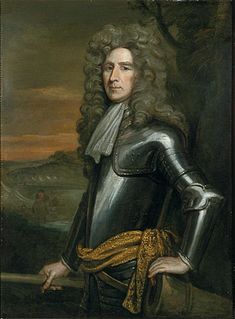 W
WHenry Sydney, 1st Earl of Romney was an English politician and army officer. Often dismissed as a mere flunkey and court favourite, he was nevertheless an expert Statesman, with an adroitness for manipulating men. He was one of the Immortal Seven, and in fact the author of the invitation that group extended to their future King.
 W
WJohn Ker, 3rd Duke of Roxburghe, KG, KT, PC was a Scottish nobleman and bibliophile.
 W
WRobert Leke, 3rd Earl of Scarsdale was an English politician and courtier, styled Lord Deincourt from 1655 to 1681.
 W
WElizabeth Seymour, Duchess of Somerset and suo jure Baroness Percy was an English heiress. She was styled Lady Elizabeth Percy between 1667 and 1679, Countess of Ogle between 1679 and 1681, Lady Elizabeth Thynne between 1681 and 1682 and Duchess of Somerset between 1682 and 1722. Elizabeth was the only surviving child and sole heiress of Joceline Percy, 11th Earl of Northumberland (1644–1670). Lady Elizabeth was one of the closest personal friends of Queen Anne, which led Jonathan Swift to direct at her one of his sharpest satires, The Windsor Prophecy, in which she was named "Carrots."
 W
WWilliam Seymour, 2nd Duke of Somerset, was an English nobleman and Royalist commander in the English Civil War.
 W
WJohn Poyntz Spencer, 5th Earl Spencer, KG, KP, PC, known as Viscount Althorp from 1845 to 1857, was a British Liberal Party politician under, and close friend of, British prime minister William Ewart Gladstone. He was twice Lord Lieutenant of Ireland.
 W
WSir Michael Stanhope of Shelford in Nottinghamshire, was an influential courtier who was beheaded on Tower Hill, having been convicted of conspiring to assassinate John Dudley, 1st Duke of Northumberland, and others.
 W
WCharles Spencer, 3rd Earl of Sunderland, KG, PC, known as Lord Spencer from 1688 to 1702, was an English statesman and nobleman from the Spencer family. He served as Lord Lieutenant of Ireland (1714–1717), Lord Privy Seal (1715–1716), Lord President of the Council (1718–1719) and First Lord of the Treasury (1718–1721).
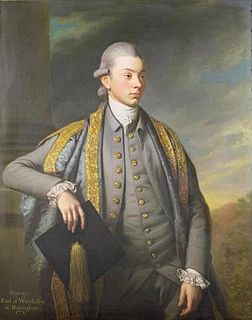 W
WGeorge Finch, 9th Earl of Winchilsea, was an important figure in the history of cricket. His main contributions to the game were patronage and organisation but Winchilsea, an amateur, was also a very keen player. Finch served with the 87th Foot at the time of the American Revolutionary War from its formation in 1779 to its disbanding in 1783, with the temporary ranks of major and lieutenant-colonel.